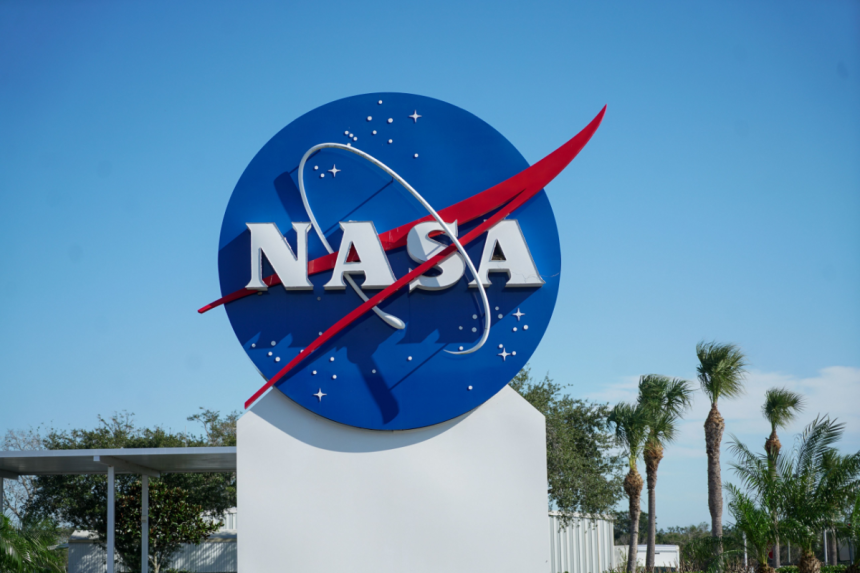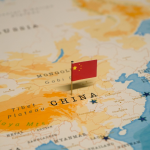Race Against China and Russia
The United States should establish a nuclear power plant on the lunar surface before China and Russia, NASA’s acting administrator Sean Duffy told staff in a July 31 directive. The plan calls for launching a reactor by late 2029, ahead of Beijing and Moscow’s joint mid-2030s target for a reactor to support their proposed lunar base. Duffy warned that whichever nation lands first could set up “keep-out zones,” potentially restricting NASA’s Artemis program from establishing its presence.
Ambitious 2030 Timeline
The directive requires NASA to issue a request for industry proposals within 60 days. The reactor must be capable of generating at least 100 kilowatts of electricity — enough to power around 80 U.S. homes, though far less than the 700,000 households supported by a typical U.S. nuclear reactor. The system would be delivered via a heavy-class lander with a payload capacity of 15 metric tons, forming a cornerstone of NASA’s Fission Surface Power program.
Microreactor Technology Push
Duffy’s plan relies on microreactor technology, which has yet to be licensed or built in the U.S. President Donald Trump issued executive orders in May designed to speed development and commercialization of small nuclear reactors. NASA envisions adapting these systems to provide sustainable power for Artemis lunar bases and future Mars missions. However, the technological gap remains significant, with no approved models currently ready for deployment.
Budget and Political Hurdles
The directive comes as the Trump administration pushes steep cuts to NASA’s budget, leaving questions about funding such a high-stakes project. The agency also lacks a Senate-confirmed administrator after Trump withdrew his nominee in May amid tensions with SpaceX CEO Elon Musk. Despite the political uncertainty, Duffy is pressing forward, framing lunar nuclear power as essential for maintaining U.S. leadership in space exploration and ensuring Artemis missions are not blocked by rival powers.






